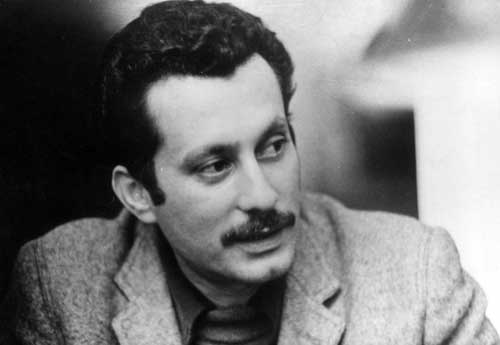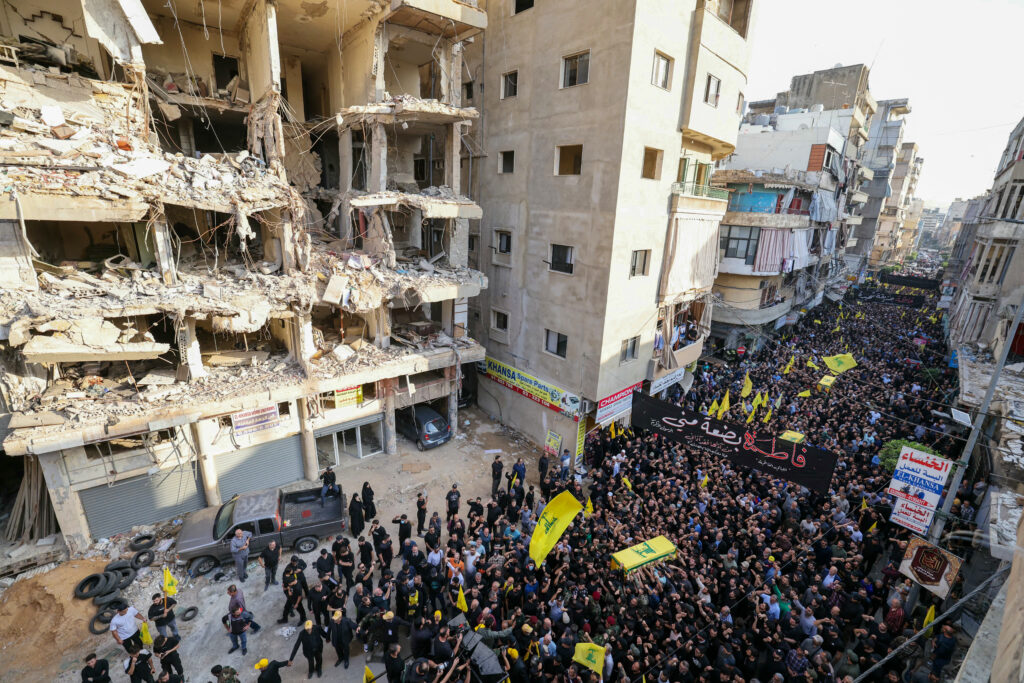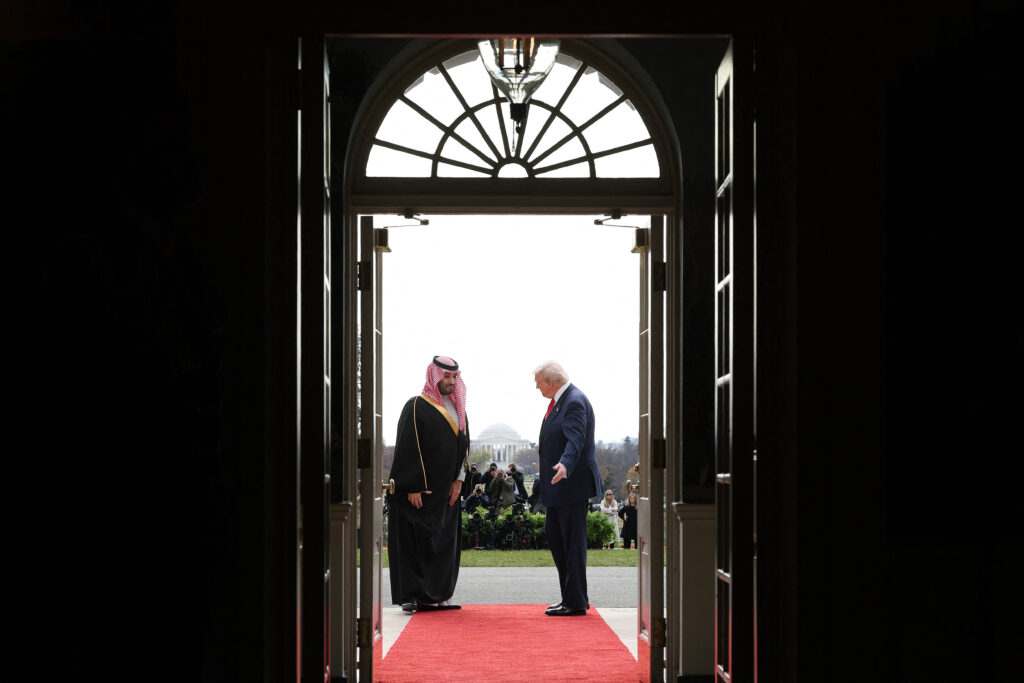Today, Research Associate Muneerah Razak reads to us “Return to Haifa”, one of the 14 stories in Kanafani’s “Palestine’s Children”. Palestine’s Children is a collection of stories translated by Barbara Harlow and Karen E. Riley.
“Palestine’s Children” by Ghassan Kanafani
- -

“Palestine’s Children”, translated by Barbara Harlow and Karen E. Riley, is a collection of fourteen of Kanafani’s short stories. It was clear that they were all centered on the experience of a Palestinian child or young man, between the tumultuous years of 1936 and 1967. They reflect the struggles of statehood, the trauma of exile and coming of age. Although his stories concentrate on Palestine, they tell the complex tale of all oppressed and uprooted people by making each story personal to the character. Despite heavy themes, Kanafani is able to highlight the indomitability of the human spirit, able to rise out of difficult circumstances. Often, literature can provide the human dimension that the historian’s work alone cannot and Kanafani definitely provides the human dimension.
I was first introduced to Ghassan Kanafani’s work in my last semester of Arabic in my undergraduate years. His novella “Return to Haifa” (ʻAʼid ila Haifa) in its original Arabic text was simple to read but yet, so deep in symbolism and meaning. The short story, published in 1969, was recently adapted by Israeli playwright Boaz Gaon and produce by the Cameri Theatre of Tel Aviv.
“Return to Haifa” tells the story of Said and Safeyya, who fled their home in Haifa during the 1948 Nakba[1]. In the chaos and violence of their departure from Haifa, their five-month old son, Khaldun, is left behind. Twenty years later when the Mandelbaum Gate is opened, they return to Haifa to visit. They find their home occupied by Miriam, a widow whose husband died in the war eleven years earlier, and Dov, their son Khaldun, an officer dressed in an Israeli military uniform. As soon as Miriam let the both of them into the house, they began to rediscover their home – the photograph of Jerusalem and a small Syrian carpet remained where it was always hung and small changes in the furniture.
The narrative follows their visit and the conversation that goes on between Said, Safeyya, Miriam and Dov/Khaldun, with flashbacks into their pasts and a retelling of the events of 1948, twenty years earlier.
The highlight of the story for me was the conversation between Saif, Safeyya, Miriam and Dov, where themes such as the themes of homeland, blame, nature vs nurture (“Is Man a Cause?”) are brought up and there isn’t a definitive moral conclusion. The readers are left with to grapple with the debate.
In addition, the characters were multi-layered and complex. Kanafani does not deny the injustice of the exile of Palestinians and highlights the violence of the Israeli soliders (during the couple’s escape and with Miriam horrified over seeing a dead Arab child slung by soldiers into a truck like a piece of wood). However, Kanafani brings up the image of an Israeli character, like Miriam, who lost her father in Auschwitz and saw her ten-year-old brother killed in front of her. She was a character willing to engage with Syed and Saffiya. Her experience with the Nazis in Poland during the World War II seemed to make her someone who recognises injustice in whatever form, whether done by someone who was Jew as well or against them. Said, on the other hand, represented an incompetent father (in Dov/Khaldun’s eyes), paralleling the weak Palestinian “father figures” or leaders. In a way, Kanafani was critiquing on the weakness of Palestinian leadership through the story.
“Return to Haifa” is such a rich story, written beautifully within an even richer compilation of stories by the compelling Kanafani.
[1] Nakba refers to the 1948 exodus of Palestinians who were displaced by the creation of the new state of Israel.








